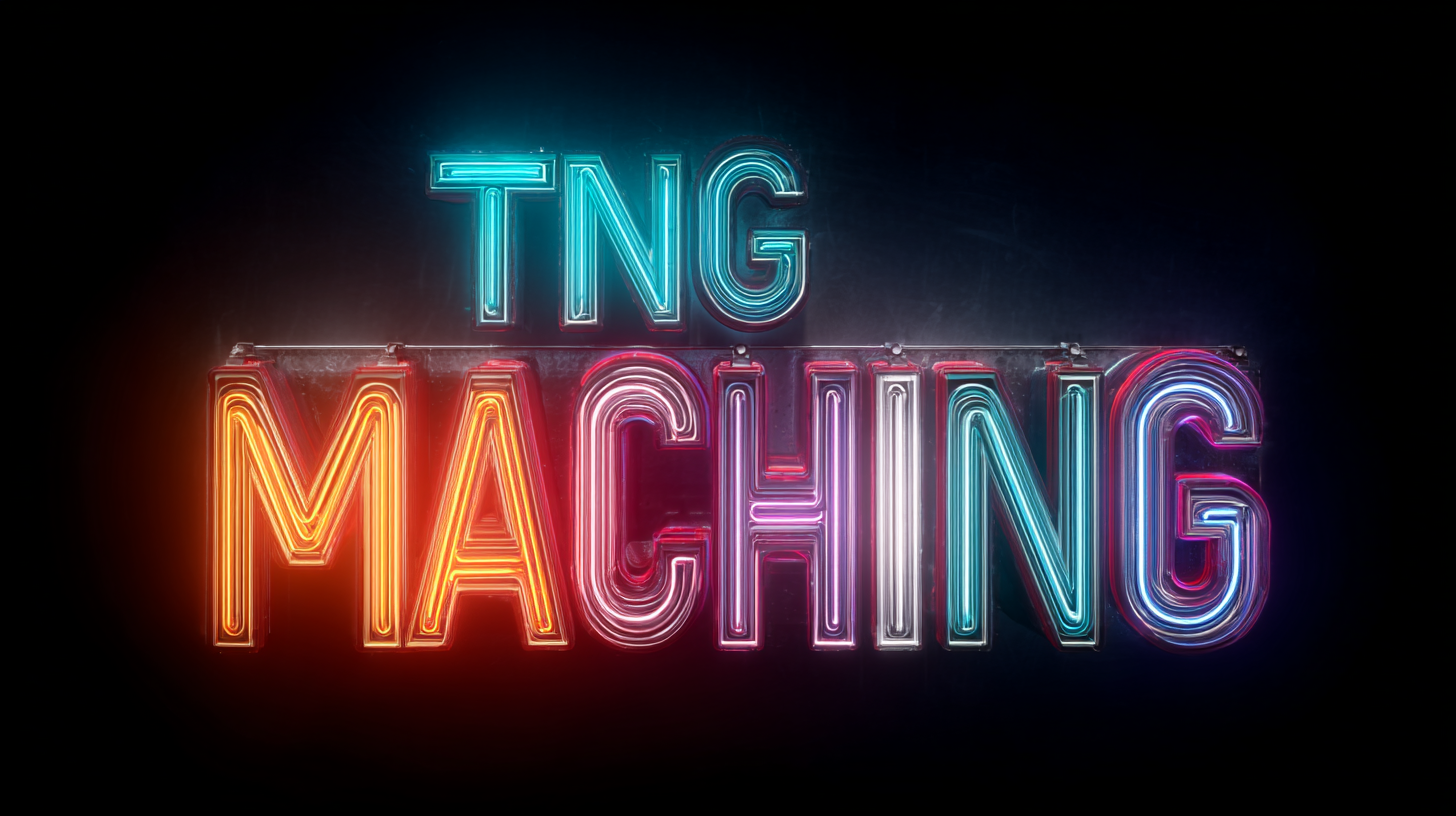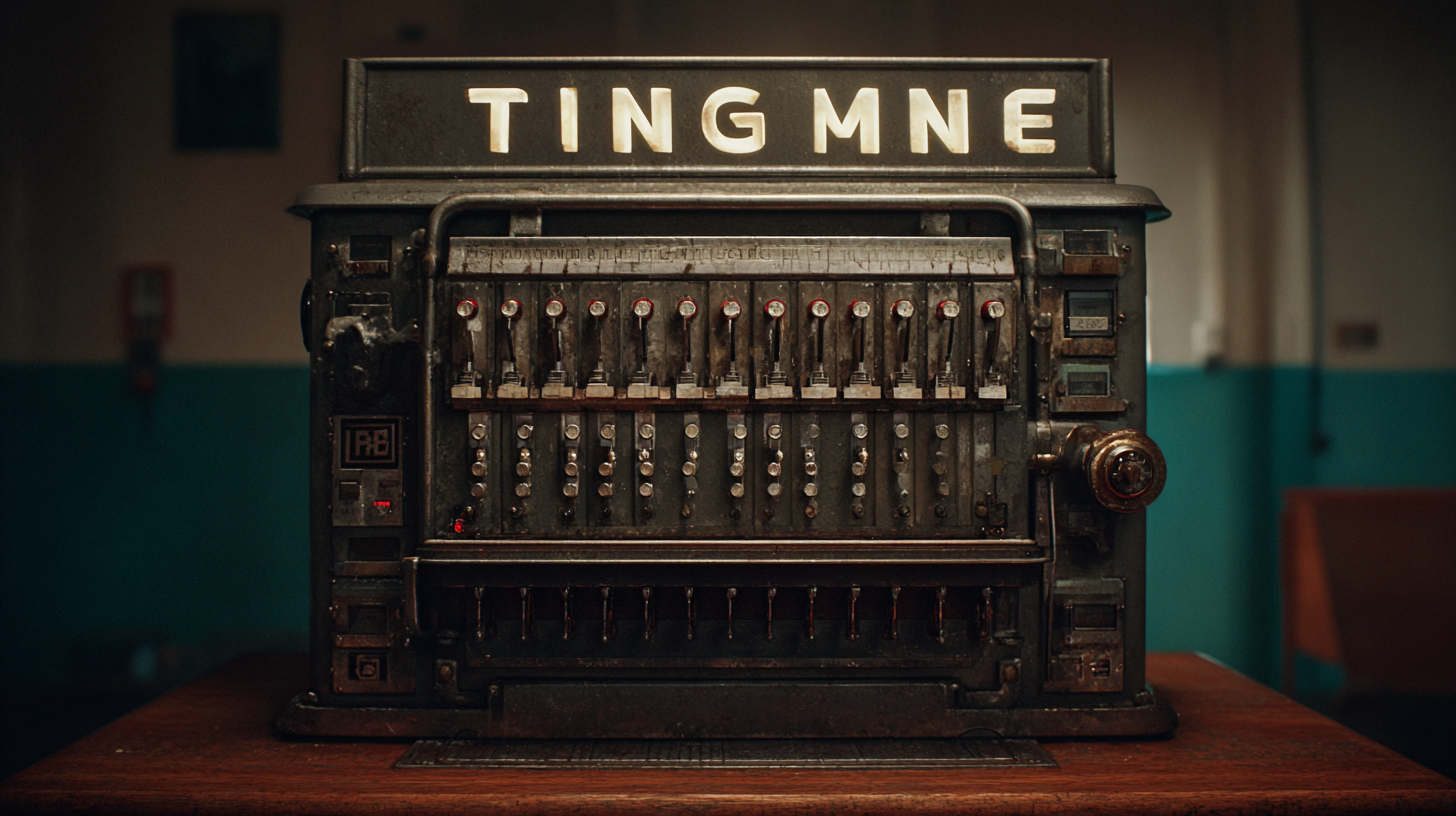


In today's fast-paced manufacturing and crafting industries, the demand for efficient and precise tools is more critical than ever. As businesses and hobbyists strive to optimize production and enhance creativity, the importance of selecting the right Cutting Machine cannot be overstated. According to a report by Smithers Pira, the global market for cutting machines is expected to reach $18 billion by 2025, driven by advancements in technology and increasing automation across various sectors. Choosing the best cutting machine tailored to specific needs can significantly influence operational efficiency, reduce material waste, and improve overall output quality.

This guide aims to demystify the process of selecting the most suitable cutting machine that meets the diverse requirements of different users, ensuring both professional and personal projects achieve desired results.
When it comes to selecting a cutting machine, understanding the different types on the market is essential. Plasma cutting machines, for instance, are favored for their ability to quickly cut through thick metals, making them ideal for industrial applications. Available in manual and CNC (Computer Numerical Control) formats, these machines offer flexibility for both hobbyists and professionals. The recent surge in demand, partly due to increased online projects during the pandemic, has further solidified their importance in various sectors.
On the other hand, vinyl cutter machines cater to a different niche. Perfect for crafters and small business owners, they excel in cutting intricate designs from vinyl sheets. Among the various options, some standout models offer high precision and user-friendly interfaces. Similarly, laser cutters and engravers provide a versatile solution for projects that require cutting, scoring, or engraving on various materials. Whether you’re looking to create custom designs or intricate patterns, understanding these diverse cutting machine types will ensure you choose the right one for your specific needs.
| Machine Type | Best Use Case | Material Compatibility | Price Range | Ease of Use |
|---|---|---|---|---|
| Die Cutting Machine | Crafting, Scrapbooking | Paper, Cardstock, Thin Materials | $100 - $300 | Easy |
| Laser Cutting Machine | Engraving, Detailed Cuts | Wood, Acrylic, Leather | $500 - $3000 | Moderate |
| Vinyl Cutting Machine | Sign Making, Apparel | Vinyl, Heat Transfer Vinyl | $200 - $1500 | Moderate |
| CNC Router | Woodworking, Metalworking | Wood, Plastic, Composites | $1000 - $5000 | Difficult |
| 3D Printer | Prototyping, Model Making | PLA, ABS, Resin | $200 - $4000 | Moderate |
When evaluating cutting machine alternatives, several key features should be at the forefront of your decision-making process. First and foremost, consider the machine's versatility. A good cutting machine should be able to handle a variety of materials, from paper and vinyl to fabric and cardstock. This versatility not only maximizes your investment but also allows you to tackle different projects with ease.
Tip: Always check the machine’s compatibility with different material thicknesses. Some machines may excel at cutting thin materials but struggle with thicker ones, which could limit your creative possibilities.

When it comes to selecting the best cutting machine for your crafting needs, understanding the performance capabilities of various options is crucial. Each machine offers unique features tailored to different styles of craftsmanship, whether you're into fabric cutting, woodworking, or paper crafting. Industry reports indicate that precision and versatility remain the top priorities for consumers, with machines capable of handling intricate designs seeing a surge in popularity. For example, models that offer both digital and manual cutting options have gained traction among crafters who value flexibility.

To make an informed decision, consider your crafting style. If you're a maker who frequently works with thicker materials, look for machines that boast robust cutting power and advanced blade options. Additionally, features like user-friendly software can dramatically enhance your creativity.
Tips: When evaluating a cutting machine, pay attention to the maximum cutting width and depth, as these specs directly affect the materials you can use. Also, consider investing in a model that supports upgradable firmware, ensuring your machine stays relevant with the latest crafting techniques. Lastly, check out online reviews and user feedback to get real-world insights into performance and durability.
When selecting a cutting machine, it’s essential to weigh cost against benefits carefully. A report from the Technavio Research Group indicates that the global cutting machine market is expected to grow by over $1 billion from 2022 to 2026, signifying a robust demand for efficient and versatile machines. However, businesses often struggle to find a model that balances cost with the requisite features. For instance, entry-level cutting machines may save initial costs, but they often lack advanced functionalities like digital controls and precision blades, potentially leading to higher operational costs in the long term.
Investing in a high-quality cutting machine can yield significant ROI. According to a study published by MarketsandMarkets, automation in manufacturing can save up to 30% in operational costs. A more advanced machine may come with a higher upfront price but can drastically reduce material waste and improve production speed. Moreover, using cutting machines that feature durable components can lower maintenance costs and downtime, making it a financially sound choice over time. Assessing your specific cutting needs against these financial implications will ultimately help you choose the right machine that fits both your budget and operational requirements.
When it comes to selecting the best cutting machine for your needs, user reviews and recommendations play a pivotal role in making an informed decision. Current users often share their firsthand experiences, highlighting the strengths and weaknesses of specific models. For instance, many praise machines that offer a range of cutting capabilities, such as the ability to handle different materials from paper to fabric. Users often emphasize the importance of user-friendly features, such as intuitive interfaces and robust support systems, which can significantly enhance the cutting experience.
Additionally, users frequently recommend machines that perform reliably over time. Longevity and durability are common themes in their feedback, with many noting how certain brands withstand the rigors of routine use without compromising on performance. Those who have used multiple machines provide valuable insights, comparing features like precision, speed, and maintenance requirements. Such peer insights can guide newcomers toward the cutting machine that best fits their creative projects, ensuring they invest in a piece of equipment that meets both their expectations and practical needs.